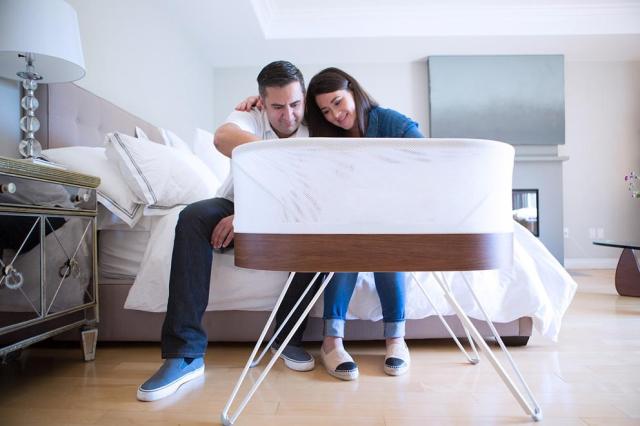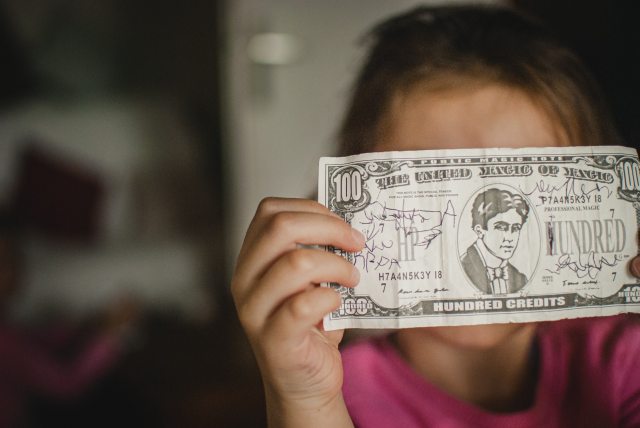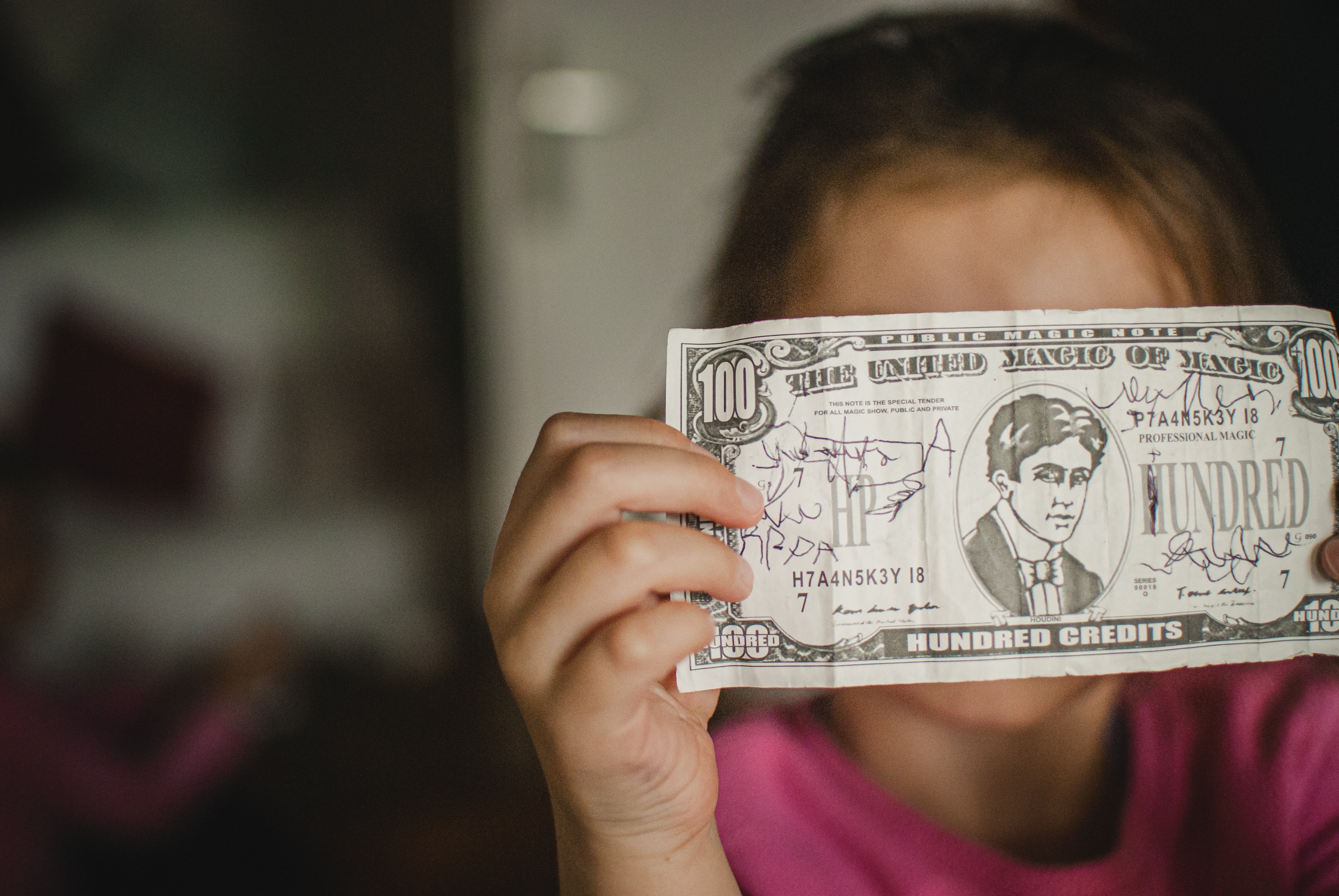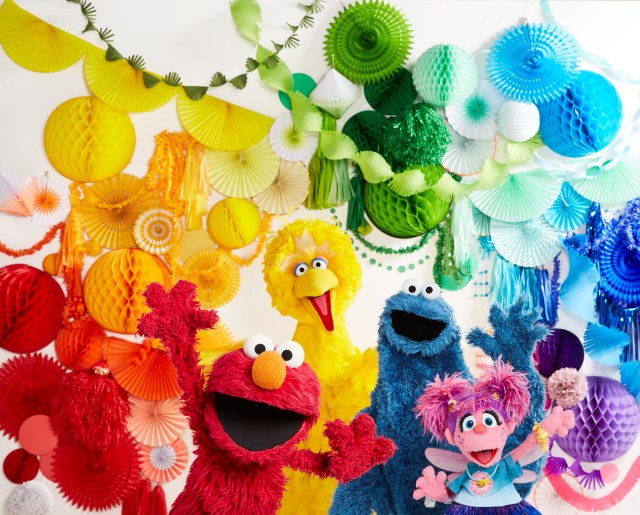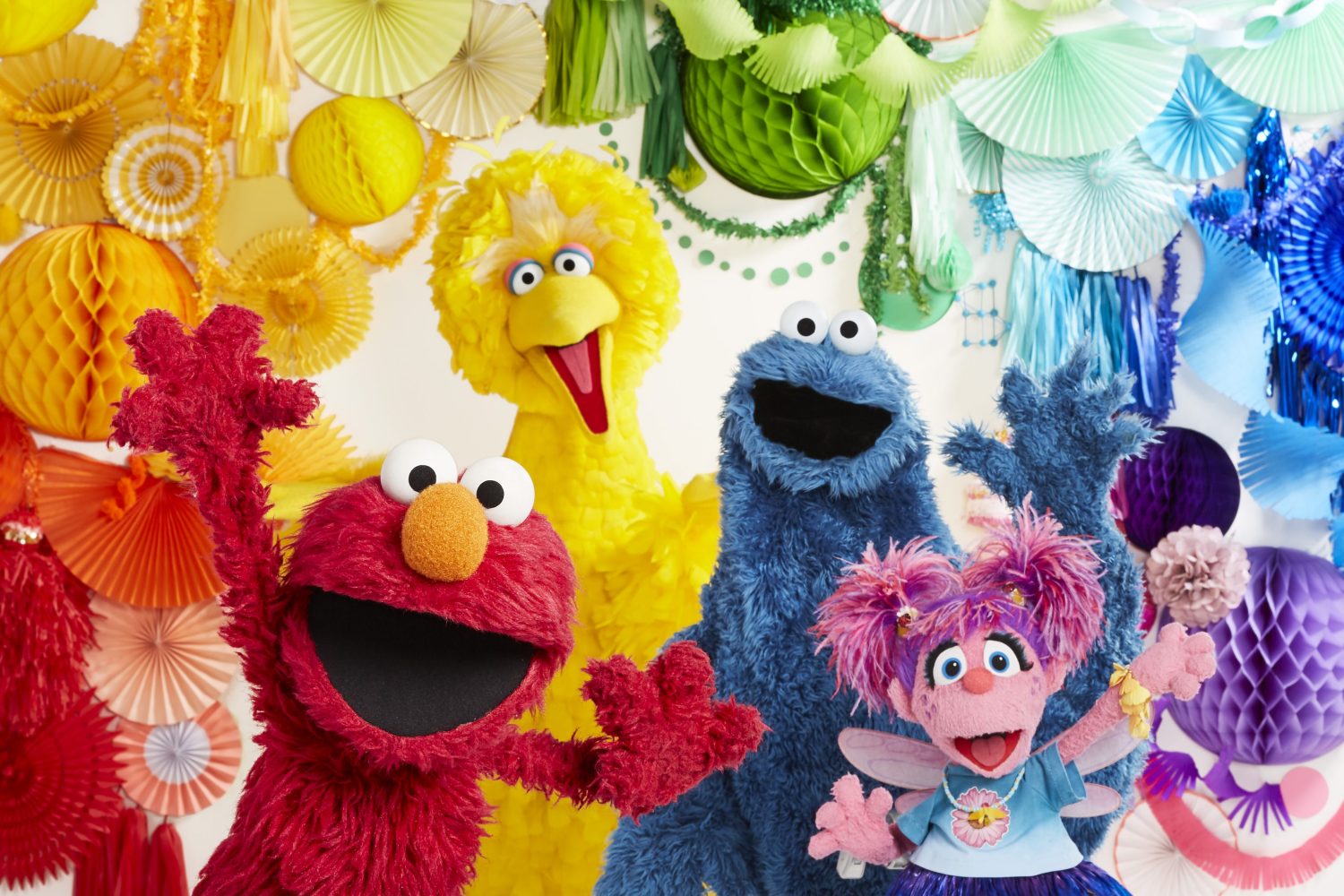Ah, sleep, one of the first things we come to terms with losing as we begin our journey into parenthood. For many moms-to-be, this often starts well before birth as pregnancy makes plenty of everyday tasks, including sleep, increasingly uncomfortable. Add a pandemic to the mix and you have the perfect recipe for sleepless nights.
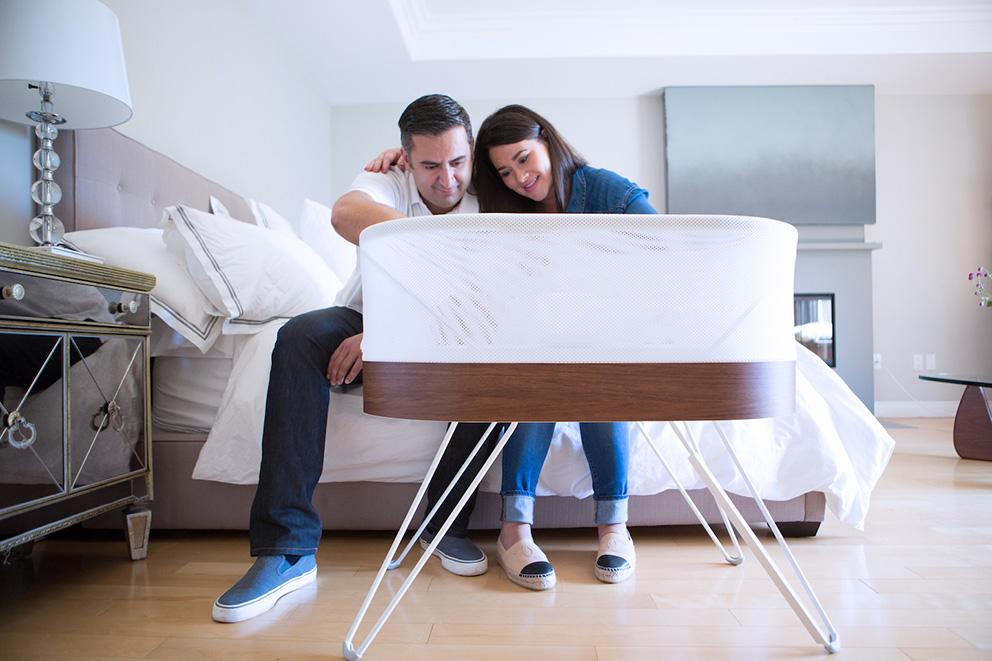
I could have never imagined that I’d be pregnant amid a worldwide health crisis, but here we were equal parts over-the-moon and scared to bits. My husband and I are a pretty tech-savvy (and sleep-loving) pair, so a smart bassinet was something we were interested in early on. It just so happened that in the middle of my pregnancy, Happiest Baby (the company behind SNOO) had been in touch with an offer to try out their SNOO rental program and the rest (pun absolutely intended) is history!
SNOO was created by Dr. Harvey Karp, the renowned pediatrician who authored Happiest Baby on the Block & Happiest Toddler on the Block. In certain circles, he is referred to as “The Baby Whisperer” so we knew that the SNOO was something we wanted to try out.
We put our little bundle in the SNOO starting the first night we were home with her. I will say, seeing her jiggling in there was pretty funny, but before I knew it, she was out like a light. So I’ll go ahead and assume her favorite thing about it is the motion since she’s been quite the mover and shaker since her days in the womb. Here’s what I loved about the experience (for both my child and myself):
The rental aspect. This is a huge win in my opinion. These tiny humans already require so much stuff it’s ironic. For the amount of time they sleep in a bassinet vs how much space a bassinet takes up in your house, being able to use it for however long you need and not have yet another item to store, sell or hand down to someone else seems ideal. It’s one less thing to have to sort out and let’s face it, most people simply don’t have oodles of storage space. Another edge case, given that all babies are different, is if it doesn’t work for your baby it can be sent back early. Most other baby products you’re just going to have to take the L on if your little doesn’t like it or you end up not using it as much as you anticipated.
The rental includes a mattress, sheet and swaddles that are specifically designed to hook into the SNOO. You’ll likely want to purchase an extra sheet and swaddles because spit (and a host of other messes) happens. 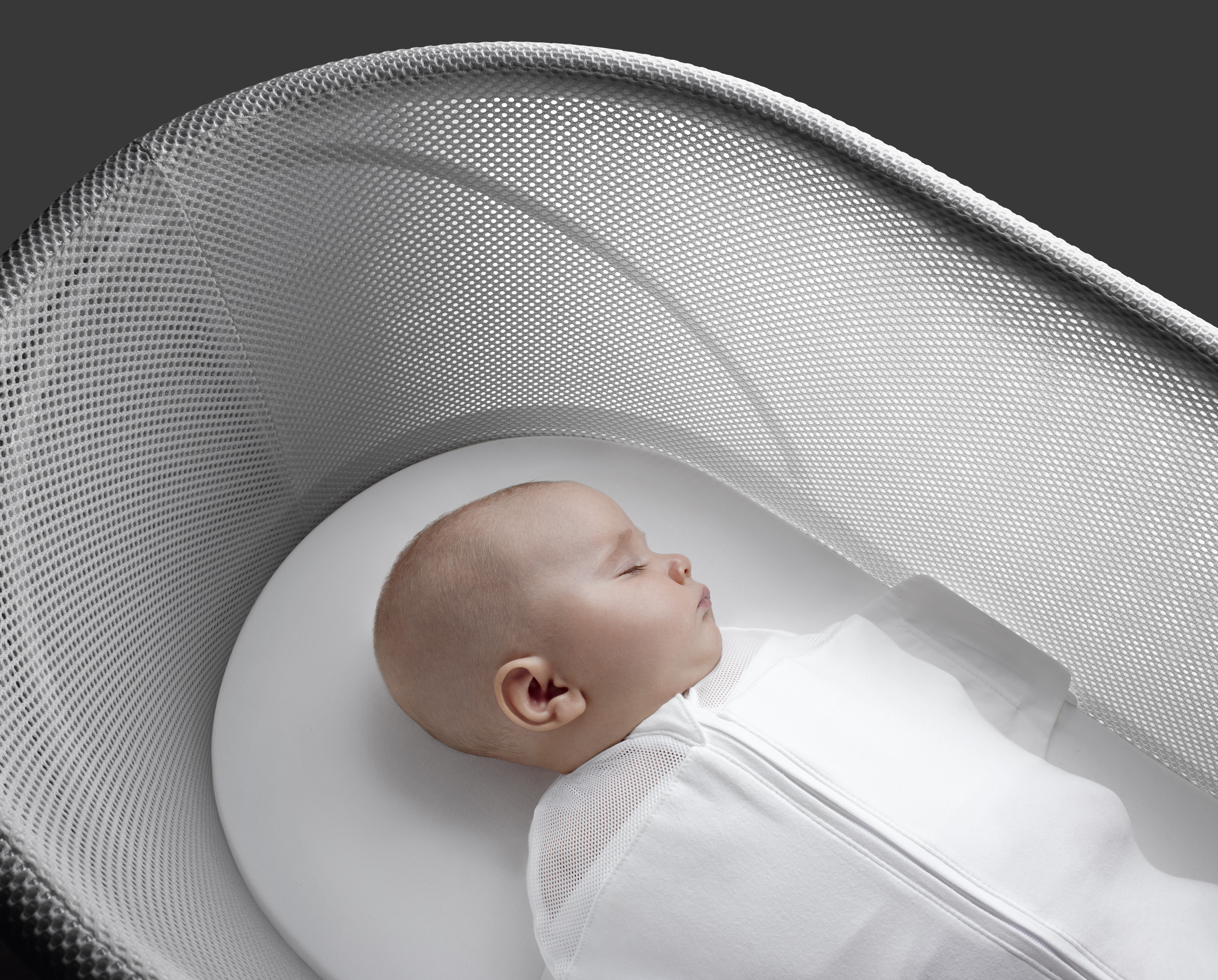
The clip-in swaddles. Anyone who remembers the very beginning of their parenting journey likely recalls checking on their baby approximately a million times per night. Now, this won’t exactly eliminate all of your urges to check on the baby (who can resist stealing a few minutes to watch those sweet little faces sleep?), but it definitely does reduce the urges that are based on safety concerns in our experience. Safe sleep is a top priority for every parent, so the fact that the swaddles clip into the base giving your baby no way to accidentally roll over to an unsafe position that they can’t get out of gave us huge peace of mind. Our child has been extremely wiggly since day one, so this would have been a major concern of mine if not for the SNOO. Plus, in the early days, minimizing that startle reflex is key which is part and parcel of swaddling them.
The app. We liked that the SNOO app makes it easy to customize the motions & sounds to your child’s preferences as well as give you a visual of your baby’s sleep journey. Each day can be viewed with markers for time the SNOO is on and time the SNOO is on and actively calming the baby. The SNOO is responsive to cries and will cycle through 4 levels of both sound and motion, however, if it is on the top level for 2-3 minutes and the baby is still upset, it will turn off signaling that the baby needs your care.
I really liked the fact that I could visually see how well the baby had slept, for how long and how long feedings took in the middle of the night before putting her back to bed. It is frankly one less thing you have to be responsible for remembering or recording . . . so you can get back to bed, too!
The bassinet makes a noise similar to in the womb but you just might find that you start relying on the white noise also. In which case, you might be tempted to get our bonus favorite thing for your baby AND yourself…
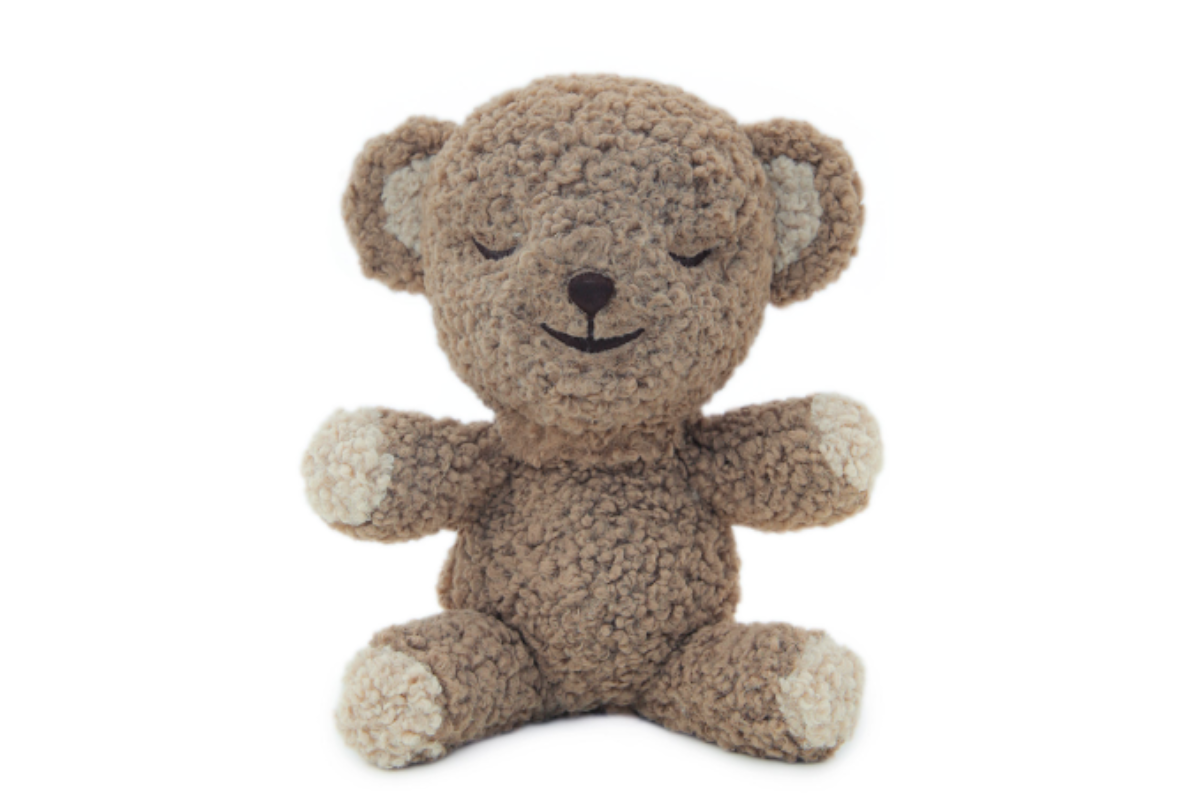
The BFF: SNOOBear is a wonderful companion product that was introduced last year and is meant to help your baby transition from the SNOO into their crib. We found it especially useful for naps on the go. It plays the sounds your baby is used to from the bassinet so even if they’re not movin’ and groovin’ as they would be in the SNOO, the familiar sounds are comforting and help them drift off. Plus, they’re adorable which is just an added bonus. We’d use ours for impromptu naps while out and about or on walks—it happened to fit perfectly in the compartment below the stroller bassinet so the baby would still be alone (because some rules are definitely not meant to be broken)!
Overall, we’ve had a very positive experience with the SNOO. At about 3 months old, she’s largely sleeping for about 8-hour stretches each night (sometimes more). If she does start fussing sooner than that, we just let the bassinet do its thing and 9 times out of 10, she drifts back off to sleep. It’s made for a happy baby and possibly, even happier new parents. I can say without a doubt that if more babies come along for us, we will be renting a SNOO for them.
To learn more about the rental option, or to purchase a SNOO, head to HappiestBaby.com
—Jen Watro
Special thanks to Happiest Baby for sharing a SNOOBear & loaning us a SNOO bassinet to try out! All opinions expressed here are my own.
All photos courtesy of Happiest Baby
RELATED STORIES
23 Swaddles & Sleep Sacks for Baby’s Best Sleep
3 Parenting Trends That Are Here to Stay, According to Dr. Harvey Karp
SNOObear Will Soothe Your Baby & Help Transition Them into Their Crib
